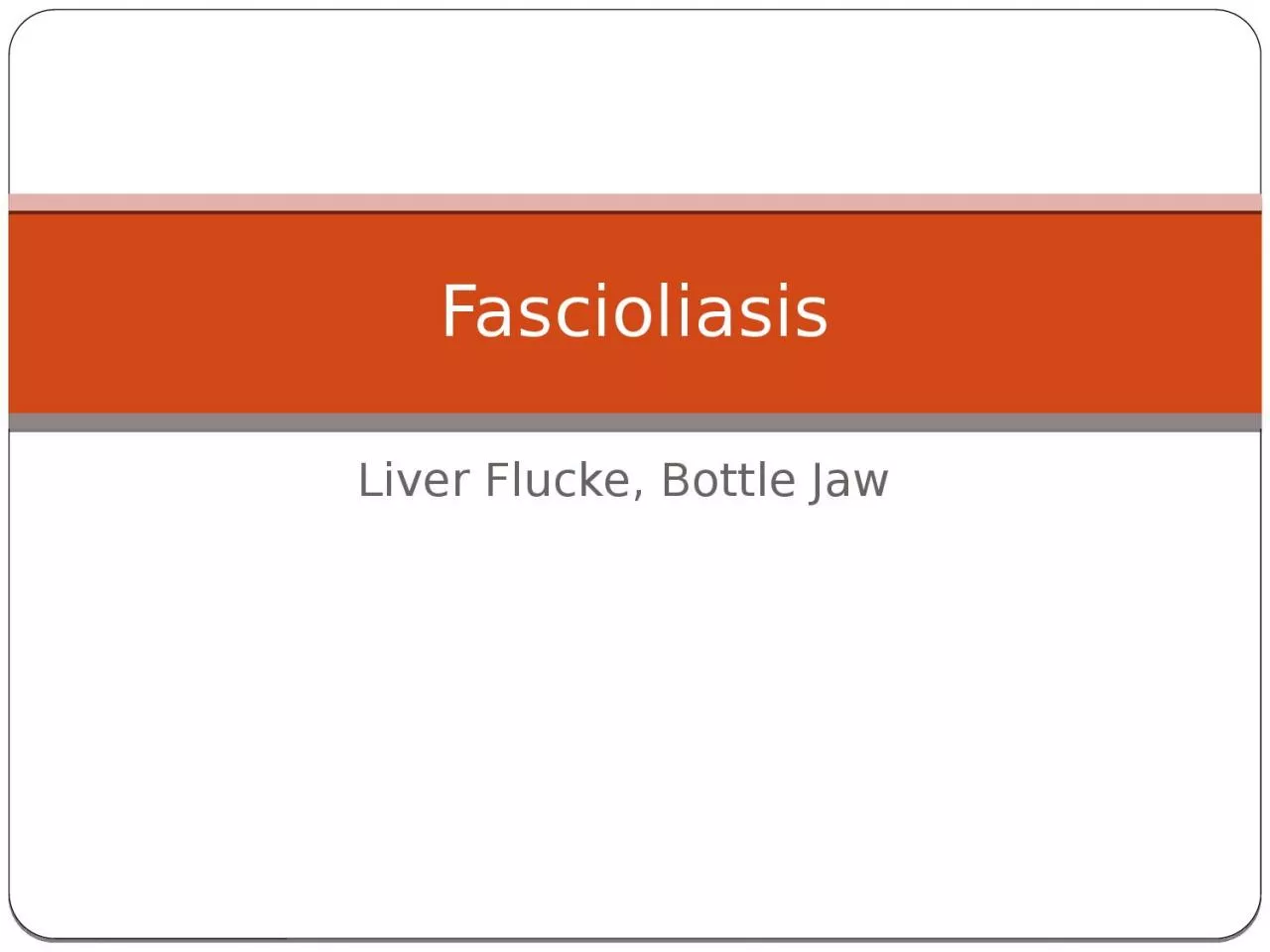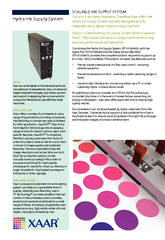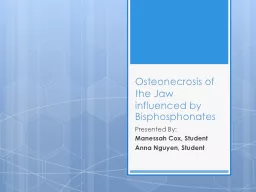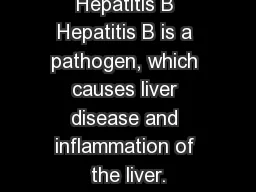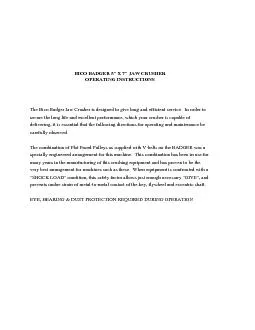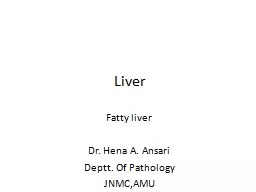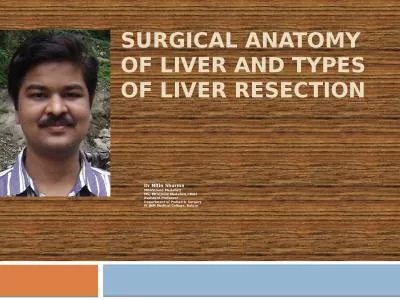PPT-Liver Flucke , Bottle Jaw
Author : cadie | Published Date : 2024-03-13
Fascioliasis Definition It is an acute or chronic disease of ruminants mainly caused by fasciola spp characterized by sudden death bottle jaw emaciation and chronic
Presentation Embed Code
Download Presentation
Download Presentation The PPT/PDF document "Liver Flucke , Bottle Jaw" is the property of its rightful owner. Permission is granted to download and print the materials on this website for personal, non-commercial use only, and to display it on your personal computer provided you do not modify the materials and that you retain all copyright notices contained in the materials. By downloading content from our website, you accept the terms of this agreement.
Liver Flucke , Bottle Jaw: Transcript
Download Rules Of Document
"Liver Flucke , Bottle Jaw"The content belongs to its owner. You may download and print it for personal use, without modification, and keep all copyright notices. By downloading, you agree to these terms.
Related Documents

